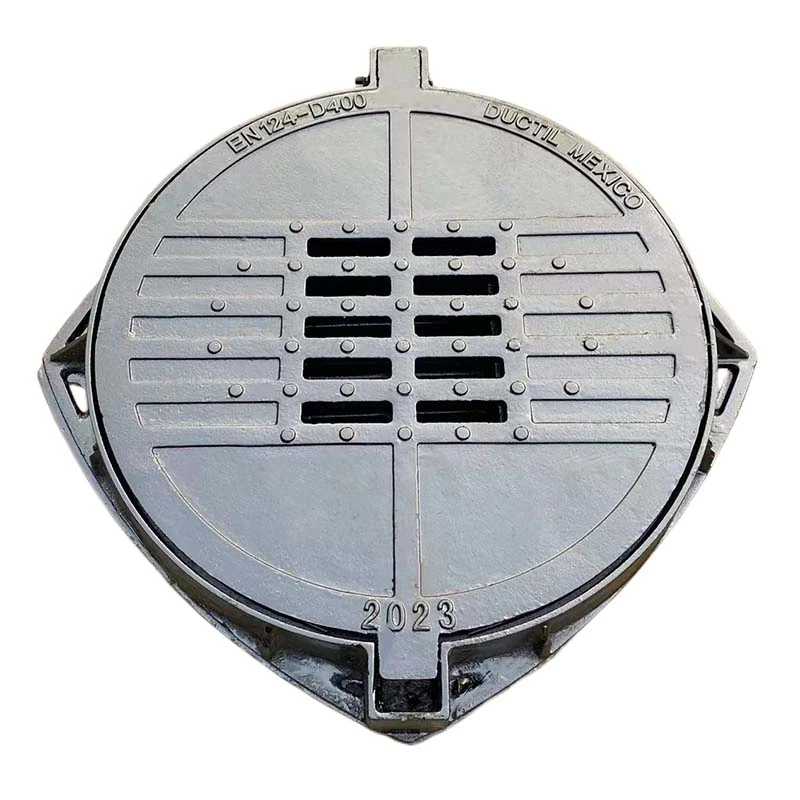slurry air release valve
Understanding Slurry Air Release Valves Function and Application
Slurry management is an integral part of various industrial processes, from mining operations to wastewater treatment plants. One key component in maintaining the efficiency and safety of these systems is the slurry air release valve (ARV). This article delves into the importance, function, and application of slurry air release valves, offering insights into their operation and how they contribute to effective slurry handling.
What is a Slurry Air Release Valve?
A slurry air release valve is a valve designed to manage air release and prevent air entrapment in slurry transport systems. Unlike typical fluid systems, slurry consists of a mixture of water and solid particles, which can vary in size and density. The presence of air in the slurry can cause a host of operational issues, including reduced flow, increased wear on machinery, and even catastrophic failures.
The primary function of the slurry air release valve is to allow trapped air to escape while preventing slurry from leaking out. This is crucial in maintaining a consistent pressure in the pipeline, which is necessary for efficient transport of the slurry mixture.
The Importance of Air Release in Slurry Systems
In slurry systems, air can enter the pipeline due to various reasons, including cavitation, changes in elevation, or even construction activities that disturb the flow. Trapped air can create pockets that disrupt the flow of the slurry, leading to inefficiencies and increased operational costs. Moreover, if air becomes entrained in the slurry, it can cause a reduction in hydraulic conductivity, leading to pump cavitation—one of the most damaging conditions for pumps.
Using air release valves effectively mitigates these risks. By allowing air to escape, they help maintain a steady flow rate, minimize wear and tear on pumps and pipelines, and enhance overall system reliability. Consequently, they play a pivotal role in reducing downtime and operational costs for industries reliant on slurry transportation.
Design and Functionality of Slurry Air Release Valves
slurry air release valve

Slurry air release valves come in various designs, but most share common features tailored to withstand the challenges inherent in slurry flow. These valves are typically constructed from durable materials that can resist corrosion and abrasion caused by solid particles in the slurry.
A typical slurry ARV consists of a float mechanism that rises and falls with the liquid level. When air accumulates, the float drops, allowing the valve to open and release the trapped air. Once the air is expelled, and the slurry reaches a safe level, the float mechanism closes the valve to prevent any liquid loss.
Some advanced models also incorporate automatic controls that monitor pressure changes in the system, ensuring optimal air release without manual intervention. This not only enhances efficiency but also simplifies maintenance and operation.
Applications of Slurry Air Release Valves
Slurry air release valves find extensive use across several industries. In the mining sector, they are instrumental in the transport of slurries containing minerals, where efficiently moving the mixture from extraction points to processing facilities is essential. They also play a critical role in wastewater treatment plants, where slurries are generated during the treatment processes. Without effective air release, these systems can become clogged, leading to costly repairs and delays.
Furthermore, industries dealing with aggregates, such as concrete production and soil remediation, also benefit from using slurry air release valves. In each application, the goal remains the same to ensure that air does not interrupt the flow of materials, thus maintaining process efficiency and preventing system failures.
Conclusion
In summary, slurry air release valves are indispensable components in the effective management of slurry systems. By preventing air entrapment, they help maintain steady flow rates, enhance equipment lifespan, and reduce downtime in operations. Understanding and implementing these valves in various industrial settings not only optimizes operational efficiency but also contributes to a safer working environment. As industries continue to evolve and expand their use of slurries, the role of air release valves will undoubtedly remain critical in ensuring robust and reliable slurry transport systems.
-
The Smarter Choice for Pedestrian AreasNewsJun.30,2025
-
The Gold Standard in Round Drain CoversNewsJun.30,2025
-
The Gold Standard in Manhole Cover SystemsNewsJun.30,2025
-
Superior Drainage Solutions with Premium Gully GratesNewsJun.30,2025
-
Superior Drainage Solutions for Global InfrastructureNewsJun.30,2025
-
Square Manhole Solutions for Modern InfrastructureNewsJun.30,2025
-
Premium Manhole Covers for Modern InfrastructureNewsJun.30,2025
